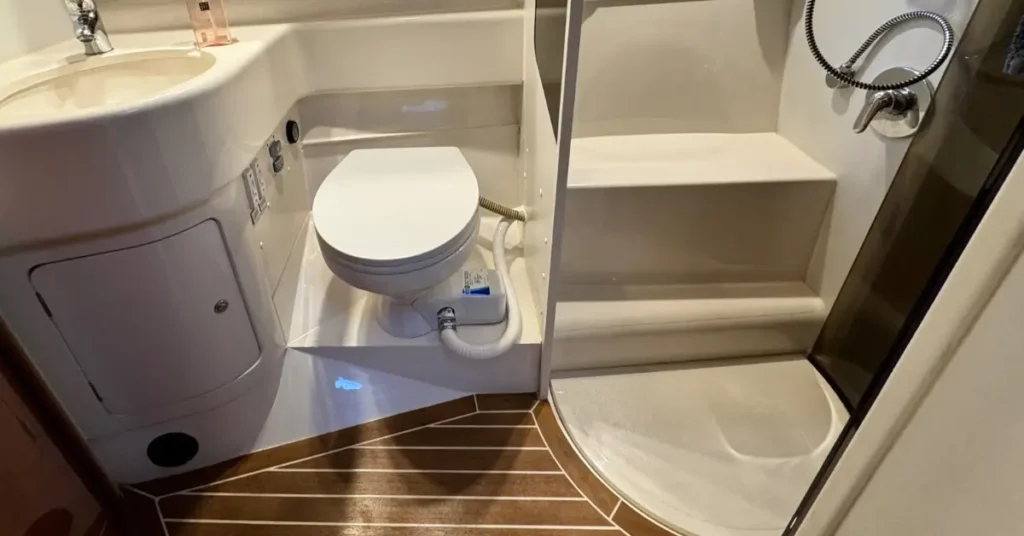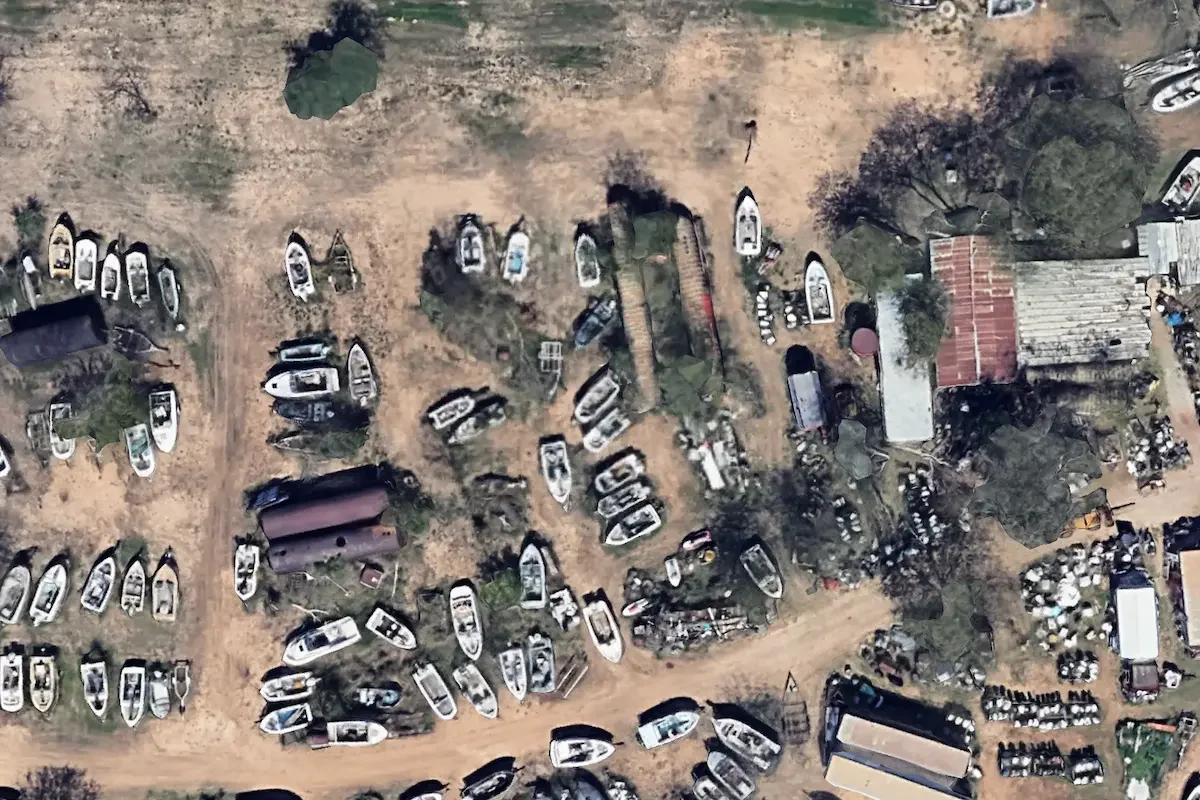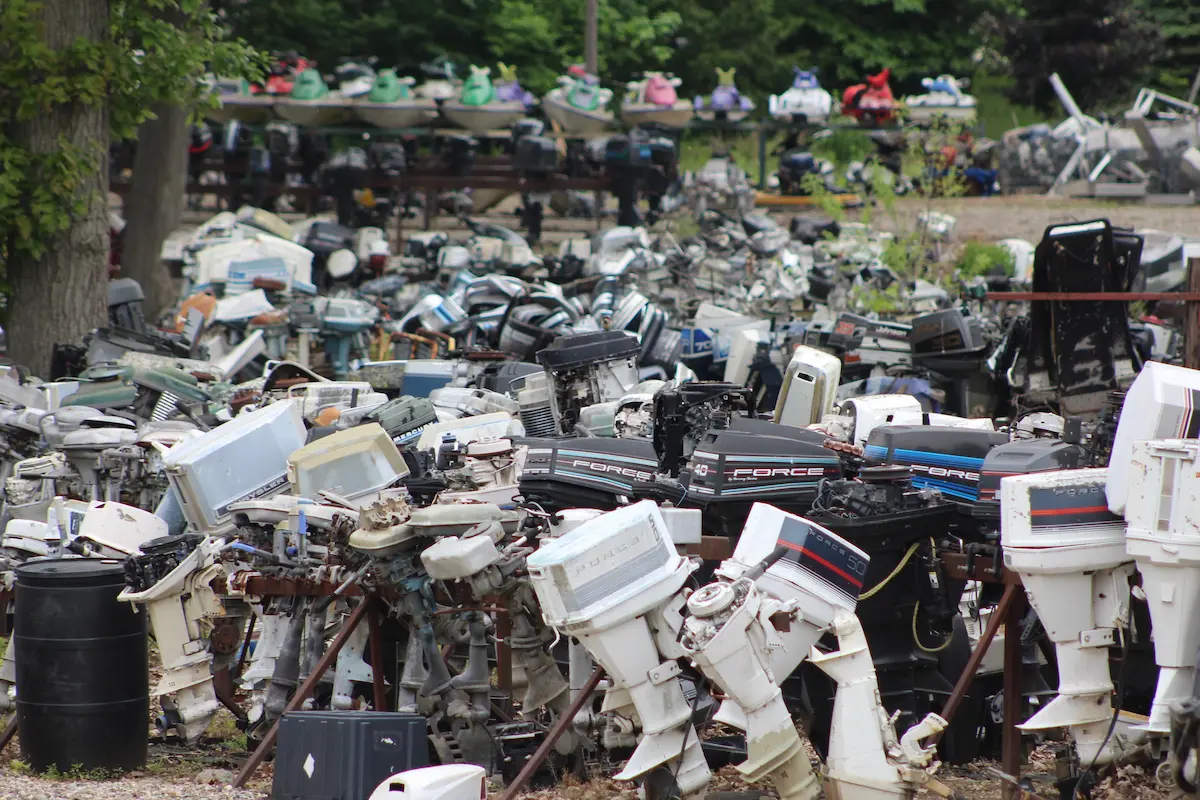Overview of Boat Sanitation
When I consider boat sanitation systems, my primary focus is on compactness and efficiency, especially for small boats. Marine Sanitation Devices (MSDs) are imperative in maintaining sanitary conditions on a boat.
In U.S. waters, regulations stipulate that any boat with a permanently installed toilet must have an MSD that either stores human waste until it can be offloaded ashore or treats it adequately for safe overboard discharge.
Types of MSDs include:
- Type I: These devices treat waste to meet federal standards before it’s discharged into the water.
- Type II: Similar to Type I, these also treat sewage but to a higher standard.
- Type III: These systems do not treat waste but instead hold it until it can be disposed of at a shore-based facility.
For small boats, I often recommend portable toilets due to their simplicity and ease of use. Alternatively, a compact marine toilet with a holding tank may be a feasible solution, as many are designed to optimize space and minimize odor.
When installing any toilet system, it’s crucial to ensure:
- Proper ventilation to prevent the buildup of unpleasant odors.
- Easy access for maintenance and waste removal.
- Environmental compliance with local and international regulations.
I am well aware that maintaining these systems is as important as selecting the right one. Regular maintenance ensures the longevity of the system and prevents malfunctions that could lead to environmental contamination or health hazards onboard.

Features to Consider
When selecting a marine toilet for a small boat, I focus on several key features that can significantly enhance the boating experience. These features ensure functionality and comfort while optimizing the limited space available.
Space Efficiency
I prioritize toilets that are compact and designed for small spaces. Some models offer a self-contained porta-potty system, which is practical for their minimal space requirements. Finding a marine toilet that fits well in my boat’s layout without sacrificing other amenities is critical.
Water Conservation
In a marine environment, conserving water is a must, so I look for toilets with low-flush technology. Some systems allow for manual pumping to minimize water use, while others are more advanced with electric, water-saving flush mechanisms.
Odor Control
Effective odor control is non-negotiable. I seek options that have built-in features like sealed valves and ventilation systems to keep the boat’s cabin fresh. Additionally, certain chemical treatments can be added to the toilet system to neutralize odors.
Ease of Installation
I consider how easy the toilet is to install. Options that come with a simple installation kit or clear instructions can save me a lot of time and trouble. Some toilets might even offer flexible discharge options, making them adaptable to my boat’s existing system.
Types of Toilets for Small Boats
When outfitting a small boat, selecting the appropriate toilet is crucial for comfort and practicality. I will discuss four common types suitable for the limited spaces of smaller vessels.
Portable Marine Toilets
These are self-contained units that are ideal for small boats without a permanent bathroom setup. I find their simplicity appealing, as they consist of two basic sections: a freshwater tank for flushing and a waste tank that can be removed for easy disposal. Some models mentioned on GoDownsize are compact and efficiently designed for tight spaces.
Pump-Out Toilets
Pump-out toilets are a more permanent fixture in boats, requiring a connection to a holding tank. They usually have a manually operated pump that flushes waste into the tank. The waste is stored until you can use a pump-out facility at a marina or a similar location. An example of this kind of toilet is the JABSCO Twist n’ Lock Manual Marine Toilet, which is praised for its versatility in installation.
Composting Toilets
Composting toilets are eco-friendly options that separate liquid and solid waste. The solid waste is mixed with a composting material, such as sawdust or coconut coir, which helps to break it down and reduce odor. I recommend this type for boaters who are environmentally conscious and spend extended periods at sea, as they require less frequent disposal.
Chemical Toilets
Lastly, chemical toilets are akin to portable ones but include chemicals to deodorize and break down waste, minimizing odor. They’re typically more affordable and simple to use, though they require the regular purchase and handling of chemicals. These toilets are best for those who prioritize ease of use and maintenance.
Materials and Durability
When I select a marine toilet for my small boat, I focus on materials that offer durability while withstanding the harsh marine environment. Here’s a breakdown of common materials used and their benefits:
- Porcelain: Traditional and popular, porcelain toilets have a familiar look and feel, similar to household toilets. Its high resistance to scratches and easy-to-clean surface make it a reliable option.
- Plastic: Polyethylene or other high-strength plastics are often used for portable marine toilets. These materials are lightweight, which is essential for small boats where weight and balance are critical. They also resist corrosion.
Marine Toilet Construction:
- Seals & Gaskets: Quality seals are necessary to prevent leaks and odors. Durable silicone or neoprene is typical in these components, ensuring a watertight and odorless system.
- Pump Mechanism: Whether it’s in a manual or electric toilet, the pump mechanism is often exposed to saltwater. Therefore, it should be made of corrosion-resistant materials such as stainless steel or reinforced plastics.
Durability extends to the maintenance aspect as well. Maintenance-friendly toilets are designed with fewer moving parts and are constructed in a way that facilitates easy access for cleaning and repairs. This means less time spent on upkeep and more time enjoying the water. Whenever I’m assessing a marine toilet, I’m not just looking at the initial quality, but also how well it will stand up to regular use over time.
Maintenance Considerations
When considering the maintenance of a marine toilet for a small boat, I pay close attention to the type I have installed. Portable toilets require regular emptying and cleaning, as well as occasional replacement of parts like seals and valves. For manual toilets, I check for scale deposits and keep an eye on hoses for blockages.
Electric toilets are convenient but involve more complex maintenance. I make it a point to regularly clean intake and discharge lines and check for corrosion in electrical components. Regardless of the type, preventing odor is crucial, so I frequently clean and sanitize all parts of the toilet system.
I also follow a simple routine:
- Flush generously, to minimize the chance of solid waste clogging the system.
- Inspect hoses for deposits or signs of wear, replacing as necessary.
- Lubricate moving parts to ensure smooth operation.
For all marine toilets, I use specialized cleaning products designed for marine sanitation systems; harsh household cleaners can damage the components.
Lastly, I recall reading about the use of white vinegar for descaling marine toilets. Adding the vinegar and allowing it to sit before flushing helps dissolve calcium deposits, which keeps everything operational and extends the life of my toilet system.
Legal and Environmental Regulations
When considering the installation of a toilet on a small boat, I must be aware of various legal and environmental regulations. In U.S. navigable waters, section 312 of the Clean Water Act mandates that vessels with installed toilets are equipped with operable, U.S. Coast Guard-certified marine sanitation devices (MSDs). This is crucial to control pollution and maintain the quality of water bodies.
Prohibited discharges: Untreated sewage releases are forbidden within three miles from shore. Beyond this limit, my boat needs a Type III MSD if it intends to discharge treated waste.
Certification Standards: The MSDs on my boat must have a certification from the U.S. Coast Guard. The available types of MSDs range from Type I to Type III, each with different operational capabilities and discharge limits.
- Type I devices: Treat waste to reduce bacteria and require no visible particles.
- Type II devices: Similar to Type I but with stricter bacteria and suspended solids standards.
- Type III devices: Hold waste for pump-out without treatment.
Installation and Maintenance: It’s my responsibility to ensure that any installed MSD is not only certified but also well-maintained. Regular inspections can help prevent environmental violations and potential fines.
To make the most environmentally sound and legally compliant choice, I need to consider my boating habits, the sizes of my boat, and the most common waters where I navigate. For detailed information on regulations and standards, I refer to official guidelines set by the Environmental Protection Agency and the U.S. Coast Guard.
Innovative Solutions for Space Restrictions
In my experience with small boats, space for amenities such as toilets is often limited, pushing boat owners to seek innovative solutions. I’ll discuss some that optimize the efficient use of limited space without compromising on function.
Electric Marine Toilets: These units, likes the Sanimarin 31 Electric Marine Macerating Toilet, are compact with a low-profile design, ideal for fitting into confined spaces. The macerating system allows waste to be easily transported to a remote holding tank, reducing the need for large piping systems.
Chemical Toilets: Portable and not requiring any installation, chemical toilets use a holding tank filled with a deodorizing chemical that breaks down waste. It’s a popular choice for its simplicity and convenience, especially on vessels where permanent heads cannot be fitted.
Cassette Toilets: Providing a balance between portability and permanence, cassette toilets feature a removable waste container which can be easily emptied at shore facilities. They are a practical addition for small crafts that can spare a little more space.
Composting Toilets: They’ve become a good choice for environmentally-conscious boaters. Composting toilets need no water or chemicals, making them sustainable. They utilize a dry composting process to manage waste, and their size can be quite compact.
Built-In Options:
- Under-seat toilets: Fitting seamlessly when not in use.
- Fold-away designs: Becoming usable only when needed.
I carefully consider each design’s implications for space utilization and personal convenience when advising on marine toilets for confined spaces. Overall, the best option depends on individual needs, boat size, and the level of comfort desired.
Selection of Accessories and Supplies
When outfitting a small boat with a marine toilet, I prioritize space efficiency and functionality. The market provides a range of accessories and supplies designed to complement the limited spaces on my boat and enhance the sanitation system’s reliability.
Essential Supplies:
- Repair Kits: Handy for on-the-spot repairs to fixtures like valves or pumps. To keep my toilet operational at all times, I choose kits compatible with my specific toilet model. For example, I can find Jabsco toilet repair kits suitable for routine maintenance.
- Replacement Parts: I stock up on essential parts like seals and gaskets to prevent leaks and odors. These parts are available from specialized suppliers, like West Marine, ensuring they fit perfectly with my toilet system.
Space-Saving Accessories:
- Compact Toilet Seats: Selecting a compact seat allows for more room around my toilet, critical in tight quarters.
- Holding Tanks: Opting for a custom-sized holding tank can save space and keep the system compliant with marine sanitation laws.
Cleaning Solutions:
- Biodegradable Cleaners: I choose environment-friendly cleaners to keep the toilet clean without harming marine life.
Table of Common Accessories and Their Functions:
| Accessory | Function |
|---|---|
| Repair Kits | Onboard quick-fix solutions for common toilet issues |
| Replacement Parts | Spares to replace worn-out or malfunctioning components |
| Compact Seats | Save space and provide comfort |
| Holding Tanks | Store waste securely and helps in adhering to regulations |
| Eco-friendly Cleaners | Maintain cleanliness without environmental damage |
I make sure every accessory and supply I select is of high quality and appropriate for the size and type of my boat’s toilet system. This careful selection process ensures a hygienic and hassle-free experience on the water.
- Boat Salvage Yards in California – January 25, 2025
- 11 Boat Salvage Yards in Texas – January 18, 2025
- 7 Boat Salvage Yards in Michigan – January 15, 2025



